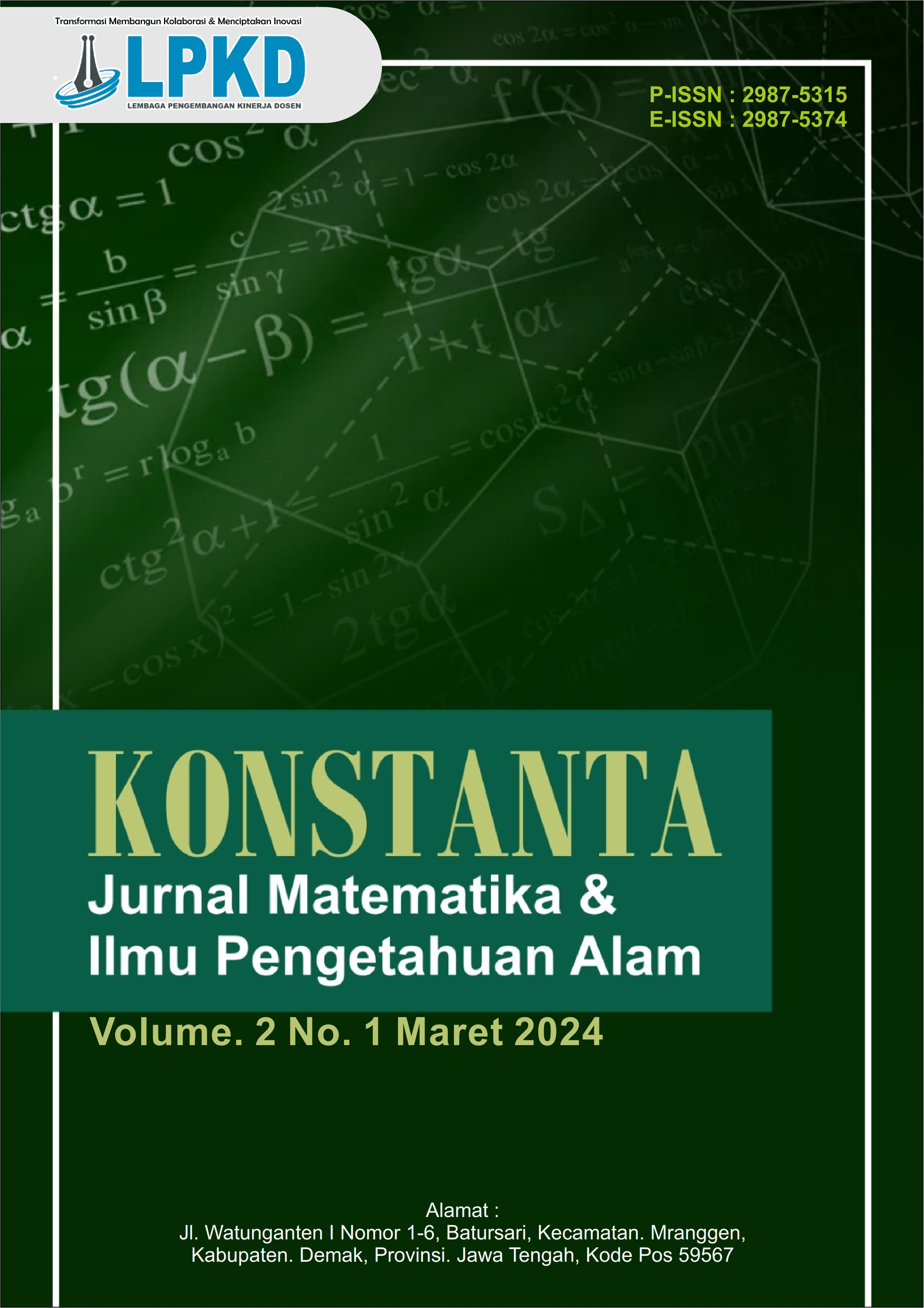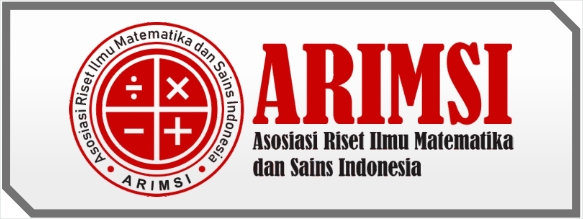Analisis Keputusan Mahasiswa Dalam Menentukan Kopi Berdasarkan Kandungannya
DOI:
https://doi.org/10.59581/konstanta.v2i1.2125Keywords:
Caffeine, Coffee, Content, Decision, StudentAbstract
As students who tend to be oriented towards in-depth knowledge and understanding, analysis is key in making decisions regarding coffee consumption. In this case, coffee content analysis is the main factor taken into consideration in determining their choice. The findings of this study indicate that students consider various factors in their decisions in choosing the type of coffee based on its ingredients. Influencing factors include caffeine, antioxidants, fat, and sugar content. College students have different preferences regarding the level of caffeine in coffee, which can be influenced by their energy needs and their tolerance level for caffeine. The aim of this research is to analyze the factors that are the main considerations for students in determining the choice of coffee based on its content. This research uses a qualitative and quantitative approach that focuses on questionnaires with a 1-4 Likert scale and bold interviews. The number of participants in this research was 53 people and was reduced to 6 people being interviewed. This qualitative and quantitative approach shows that analysis of factors in selecting coffee based on its content is not a benchmark for coffee consumption. The coffee consumed by several respondents is adjusted to their body condition or personal health. The factors that become a benchmark for choosing coffee consumption are not based on its content but based on needs and health.
References
Glade, M. J. (2010). Caffeine-Not Just a Stimulant. Nutrition, 26 (10), 932-938, 2010.
Hidgon, J. F. (2006). Coffee and Health : a Review of Recent Human . Crit. Rev. Food Sci. Nutr., 2006 ; 46 :101-123.
James, E. J. (2005). Effects of caffeine on performance and mood: withdrawal reversal is the most plausible explanation. Psychopharmacology , 182, 1-8.
James, E. J. (2007). Caffeine, sleep and wakefulness: implications of new understanding about withdrawal reversal. Human Psychopharmacology: Clinical and Experimental , 22 (8), 549-558.
Lea, S. J. (2003). Higher Education Students' Attitudes to Student Centred Learning Beyond 'educational bulimia'. Studies in Higher Education, 28(3), 321-334.
Meiranny, A. &. (2022). Pengaruh Konsumsi Minuman Berkafein Terhadap Pola dan Kualitas Tidur Mahasiswa: A Literatur Review. Media Publikasi Promosi Kesehatan Indonesia (MPPKI) 5 (2), 117-122.
Miles, M. B. (1994). Qualitative Data Analysis: An Expanded Sourcebook (2nd ed.). Thousand Oaks: Sage Publications.
Smit, H. J. (2000). Effects of low doses of caffeine on cognitive performance, mood and thirst in low and higher caffeine consumers. Psychopharmacology, 152, 167-173.
Snel, J. &. (2011). Effects of caffeine on sleep and cognition. Progress in brain research, 190, 105-117.
Suprapto, E. W. (2019). ANALISIS DETERMINAN SOSIAL KESEHATAN DENGAN POLA KONSUMSI KOPI PADA MAHASISWA DI SURABAYA. Universitas Airlangga.
Yonata, A. &. (2016). Pengaruh Konsumsi Kafein pada Sistem Kardiovaskular. Jurnal Majority, 5 (3), 43-49.













